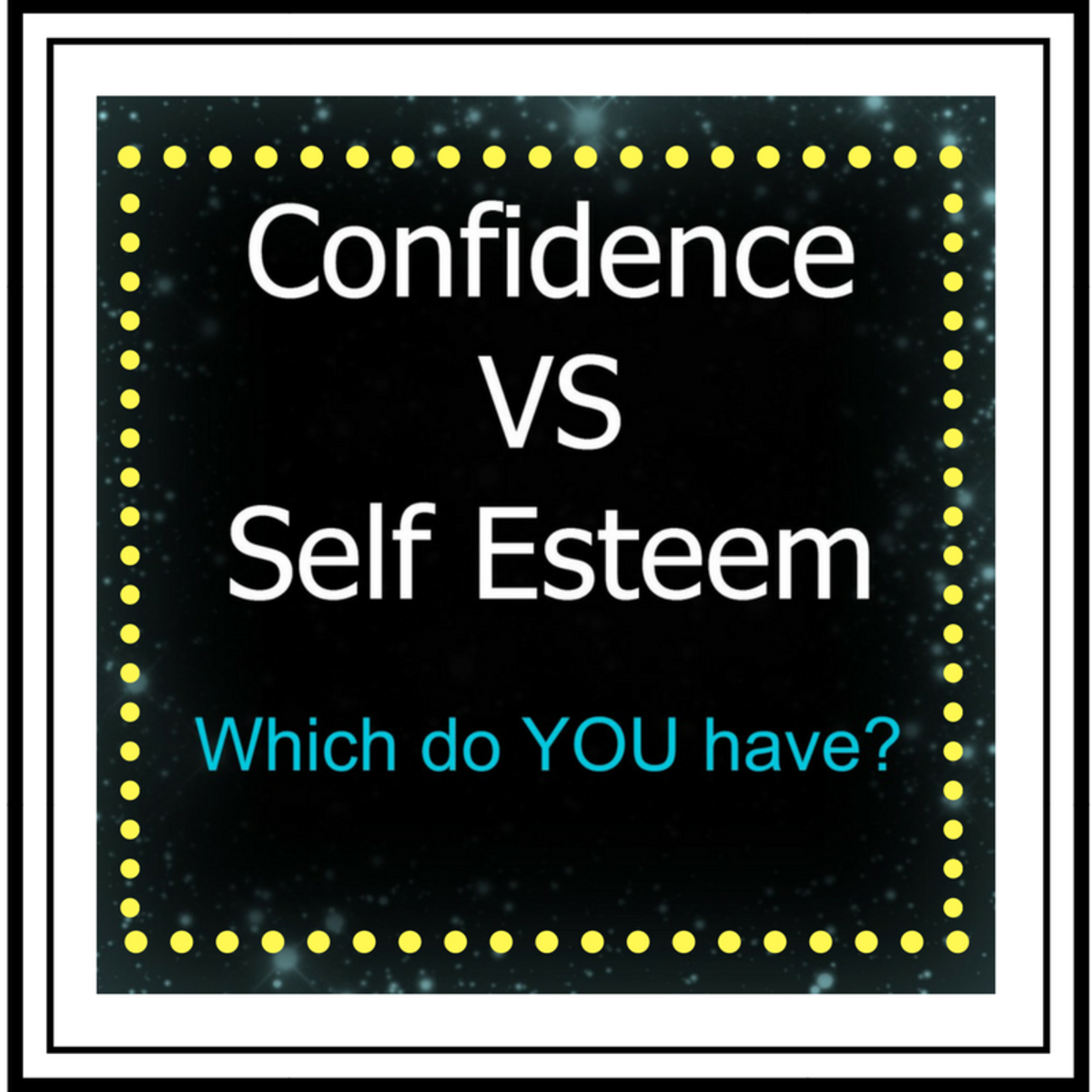Self Esteem Damages in Abused Children

Abused children quite often suffer from damaged or very low self esteem in addition to the other myriad of post-trauma symptoms and negative behaviors. Treatment of these children often targets the overt behaviors that many post abuse children have: oppositional behaviors, acting out behaviors that include anger and rage, fight and flight, and quite possibly intense focus difficulties and bullying other children. Other children may have more internalized post trauma behaviors that include extreme shyness and social awkwardness, as well as very strained self-confidence in their abilities. In either case, the abused child struggles to attain a healthy self esteem, and needs assistance to do so.
All forms of child abuse negatively impact a growing child’s sense of their own value; neglect, physical and sexual abuse, while having subtle differences in effect, has low self esteem impacts in common. The effect of neglect on a child clearly conveys that the child is not as valued and as important as they should be to the caregiver. By the time the child is school age (Kindergarten), the child has come to the intellectual level to be able to discern the differences in how families function by observing other children and their parents. The neglected child is able to see that not all parents pay so little attention to their child’s needs; by comparison, the neglected child begins to consider why this is so. Inevitably, one stand out conclusion is that they themselves are not worth of such love and care from their caregiver.
Physical abuse produces low self esteem due to the very physicality of the abuse. Children are tiny compared to adults, and really have no hope of fighting back (physically) in any way that is genuinely effective at protecting themselves. This kind of violation of one’s body creates a sense of helplessness, and, in the case of repeated physical abuse, hopelessness as well. Cultural meta-learning teaches everyone at a very young age that we have the right and responsibility to defend ourselves against wrongs, and if we do not, we are weak, ineffective, and less than perfect. So what happens to one’s self image when the person who is wronging you is a loved caregiver? Confusion happens. If my caregiver loves me, and I love my caregiver, but my caregiver is hitting, punching, or throwing me, it must mean that there is something that I am doing wrong, or, there is something terribly wrong with me at a very basic level. I am bad. In addition, a kind of guilt feeling arises surrounding the child’s inability to protect themselves from the abuse. Out of these emotions, an intense feeling of being different from other children and the need to hide the facts surrounding the negative emotions begins to flow.
Sexual abuse of children may or may not involve actual penetration, but the abuse is often designed to be leading up to this goal for the perpetrator. While not all victims of sexual abuse react the same way at the time of the abuse (that is an exploration for another article), the eventual effect of the abuse will always serve to severely damage the child’s self-view and self esteem. Once again, depending on the age of the child, the victim will at some point have an epiphany that informs them that not every child is having sex with an adult. And also once again, the confused thoughts and emotions will ensue. The resulting cognitive dissonance of knowing that other children are not having sex with adults, but they are destroys the perpetrator induced myth that the sex is somehow an expression of love, or a punishment for misdeeds. The child begins to feel intensely different from peers, and begins the shame based hiding procedures.
And, should penetration occur in the sexual abuse, there is the added burden of deep psychological changes that accompany this fact. Since in the developing child’s mind (and to a lesser degree, in adults mind as well), their body is in essence who they are, when another person can enter their body at any time, the sense of personal integrity is shattered.
How these effects translate into longer term self esteem issues deserves a more extensive study and analysis. The work of William B. Swann, Jr. in the area of how the mechanisms of self-verification work are a notable such study. Swann found that in many replications of experiments there is little doubt that people with negative self-views seek out unfavorable feedback from people that they understand will confirm their low self esteem. He found that low self esteem people even prefer to interact with self-verifying partners when presented with the alternative of interacting with someone who builds them up. In addition, when low self esteem people begin to receive positive feedback that is not matching their self verifying low self esteem, they may become anxious, disoriented, experiencing a sense of emptiness, and increased worthlessness. The person with low self esteem will tend to recall only the reflections or affirmations of their own low self esteem issues in an interaction, and discount any of the positives that have been presented. (Swann, 1997)
This illustrates just how powerful the cycle of abuse related low self esteem is; and most children who experience abuse experience multiple critical events at the hands of their perpetrator. Once the perpetrator has established the belief in the victim that the victim is powerless, not worthy, less than valued and loved, and an oddity in a normal world, the perpetrator can achieve near complete control.
Should an ‘outside’ opinion be naively (meaning from someone not privy to the abuse occurring) presented to the abused child, it may be discounted by the child. In the child’s mind, the person forwarding such an opinion simply does not know all the facts as the child understands them: that the child is bad and worthless. Since the caregiver is so close to the child, often a biological parent, that opinion will always outweigh other opinions. This is not only due to the reinforcing effect in low self esteem, but because there is an intense loyalty in all children when it comes to their parents. In the child’s mind, they must always strive hard and ceaselessly to convert themselves into the ‘good child’ for the disapproving, abusive parent. Changing loyalty, for any child is difficult, but all the more so for the abused child, who trusts their parent’s opinion that they are bad, worthless, and do not deserve any compliments.
This has grave implications for treatment providers who are trying to help children to overcome their low self esteem and stopping the negative self-verifications: trying to ‘build up’ and recognize the positives in the child may essentially backfire. The child simply cannot tolerate any view of themselves that does not match their own, and will discount the helper’s view. They may even reject the helper, because the helper, by pressing the positives, is pressing on the child’s loyalty button concerning the abusive parent. This is an effect that anyone who has worked with abused children is well aware of and frustrated by.
The negative self-esteem and negative self verifications that abused children engage in are key features blocking the child’s healing and age normative growth and development. Left unattended to, they do not fade, but become ensconced in the child’s self view on into adolescence and adulthood. This in turn, gives fuel for the cycle to repeat with their own children. New methodologies, based in more complete research and knowledge on the mechanics of self esteem are begging to be developed.
- Resources for Healers and Caregivers of Children
Author's professional website.








